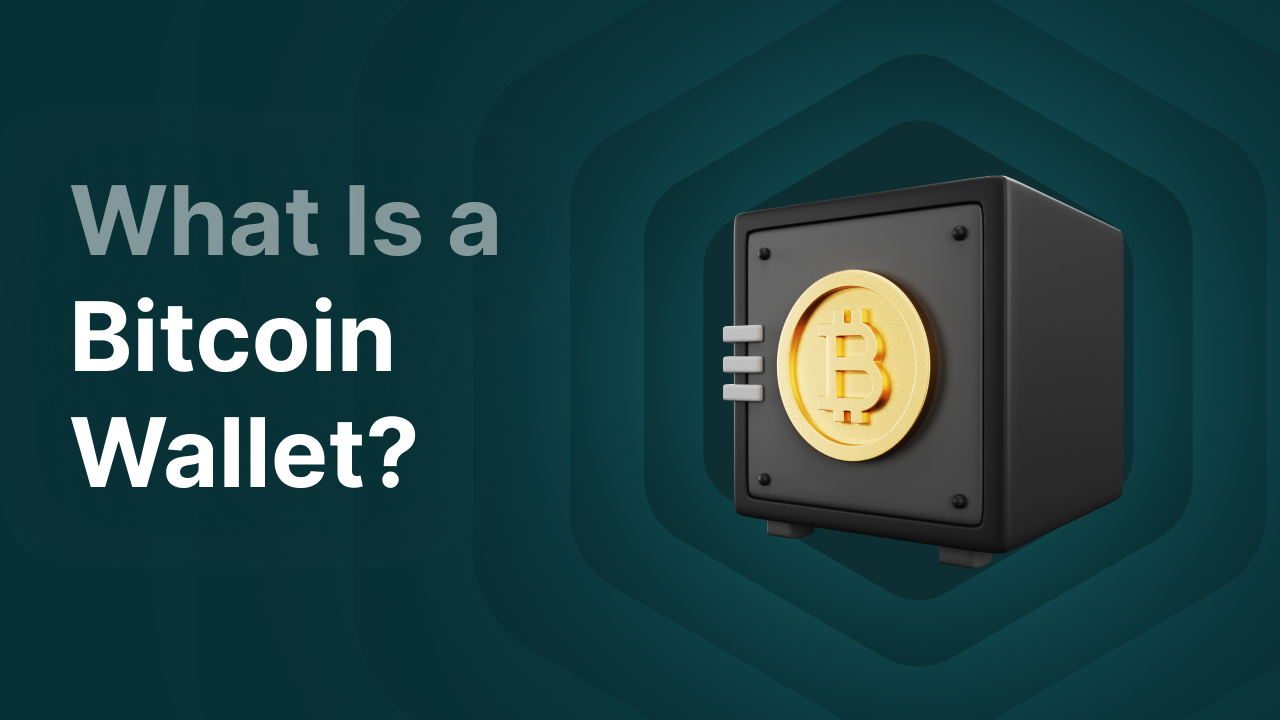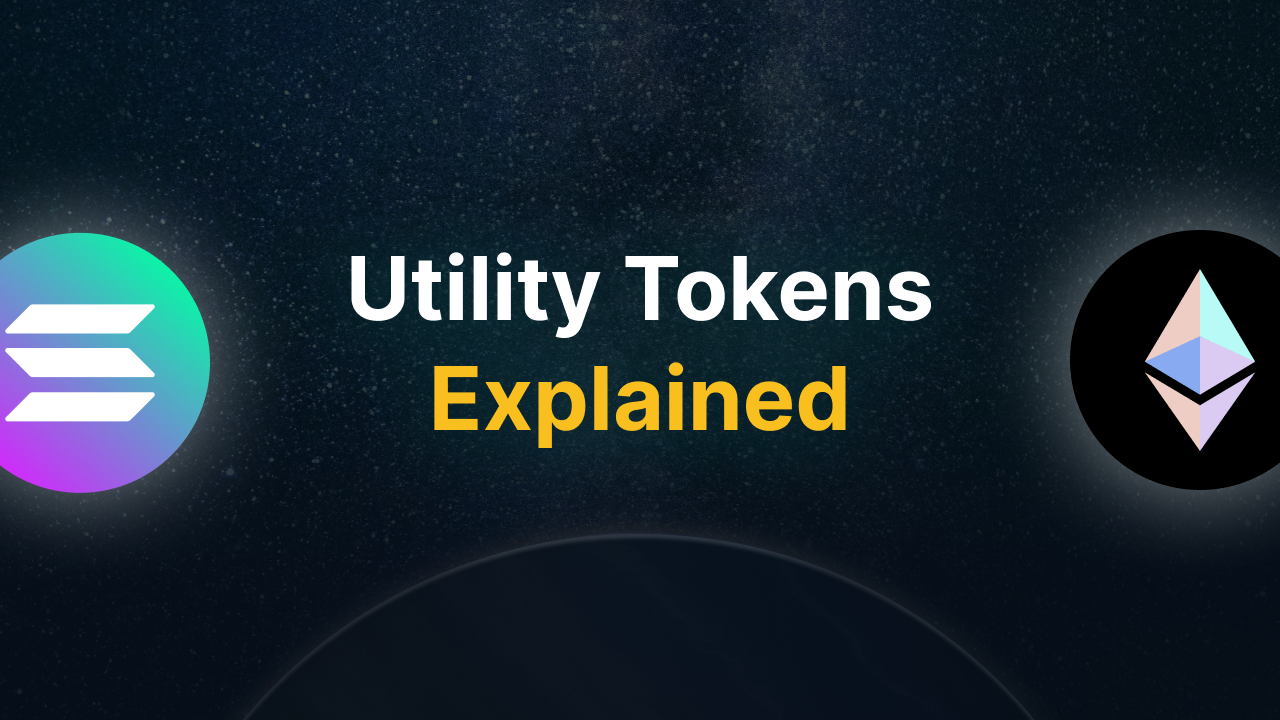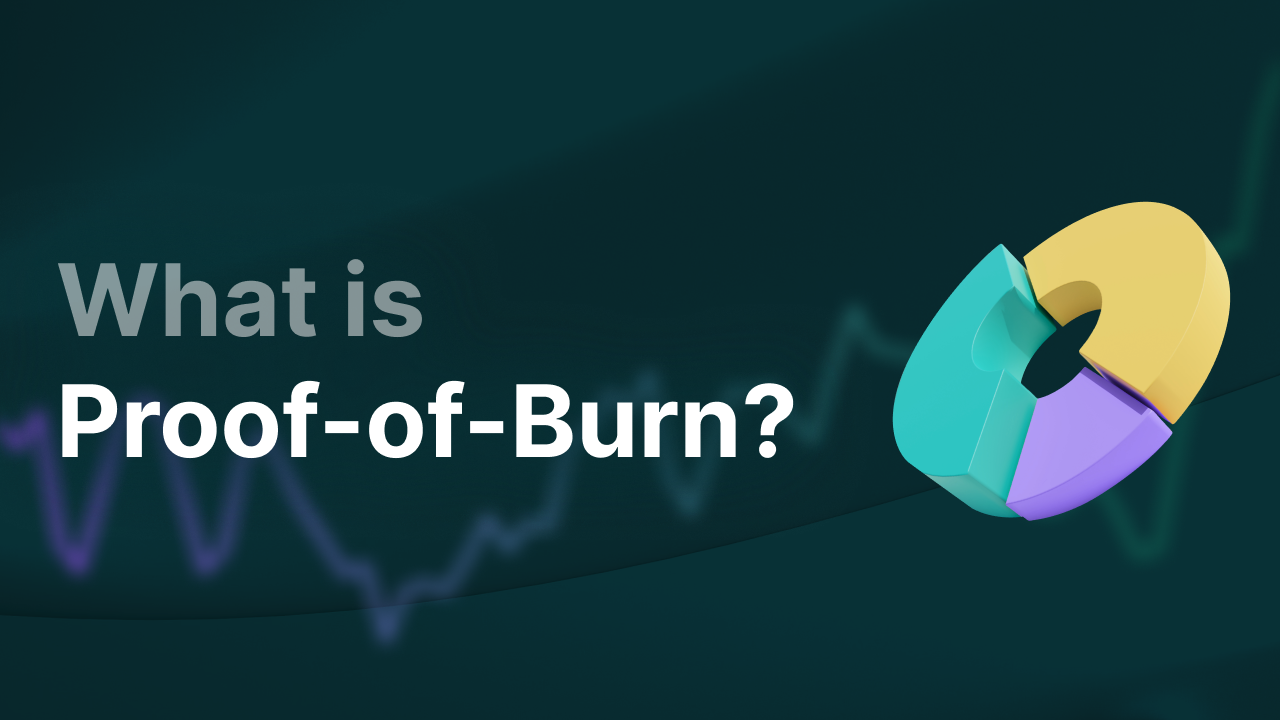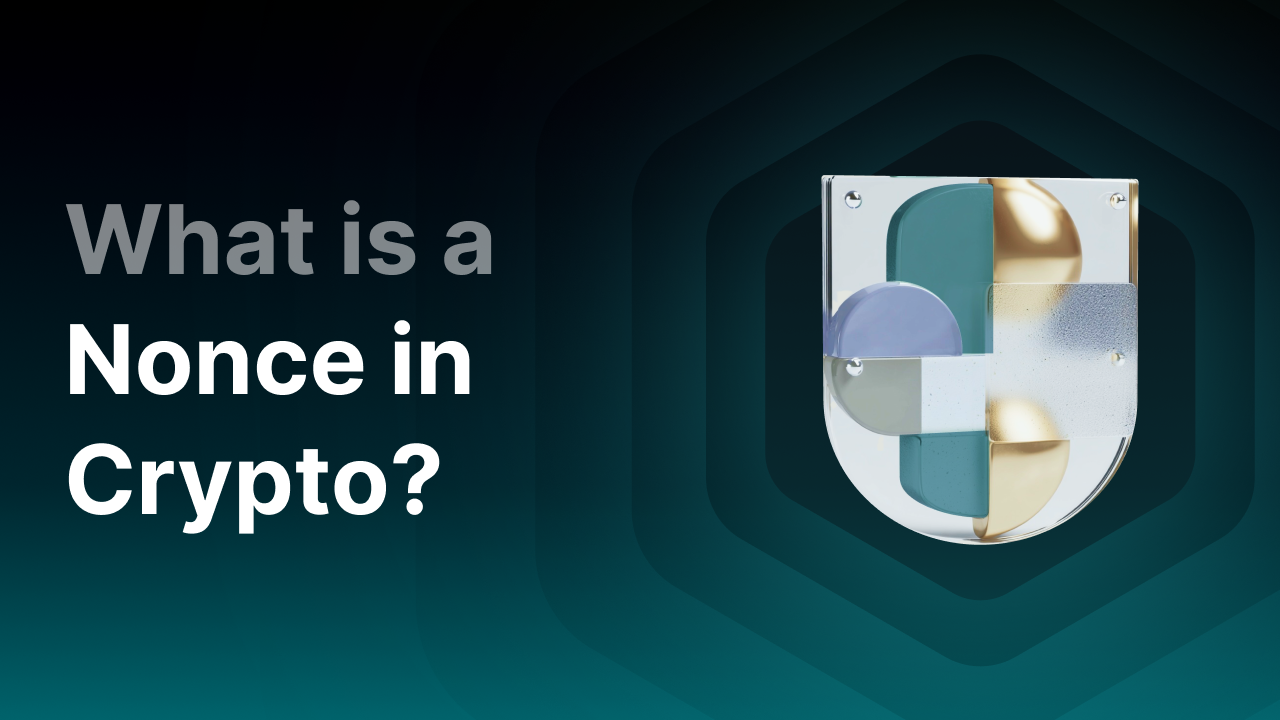What is a Bitcoin wallet?

What is a Bitcoin wallet?
A Bitcoin wallet is a digital wallet where you can store your Bitcoins. It is similar to a bank account, but instead of fiat currency such as euros, you store Bitcoin (BTC). With a Bitcoin wallet, you can receive, send, and manage BTC.
A Bitcoin wallet consists of a public key (your wallet address where others can send BTC) and a private key (a kind of password that gives access to your Bitcoin). If you want to send Bitcoin to someone else's wallet address, you must send it to their public key. You can simply do this by specifying how much BTC you want to send and accepting the network fees. If you want to receive Bitcoin, for example by sending Bitcoin from Finst to your own wallet, the Bitcoins must be sent to your public key.
Your public key consists of a series of numbers and letters. This is what a public key looks like:
bc1qar0srrr7xfkvy5l643lydnw9re59gtzzwf5mdq
Key Takeaways
- A Bitcoin wallet is a digital wallet that gives you access to your Bitcoins.
- Your Bitcoin wallet consists of a public key (receiving address) and a private key (access code).
- Your wallet gives access to your balance and transactions on the blockchain, the coins themselves are recorded in the ledger.
- Hot wallets are user-friendly, cold wallets offer maximum security.
- On a platform like Finst, management lies with a central party.
How do I manage Bitcoin?
Managing Bitcoin is basically up to you. You decide what to do with your Bitcoin. No one else can send Bitcoin from your wallet unless they have gained access to the wallet. Having access to the wallet proves you are the owner.
In fact, the Bitcoin blockchain stores your BTC. Your Bitcoin wallet and balance are registered in the digital ledger of Bitcoin. On the blockchain you can see everything: your balance, the transactions you have made, and also the details of all other wallet addresses.
It depends on the type of wallet you use how much control you have over your Bitcoin. You can store Bitcoin in different ways and therefore also manage it differently. For example, you can store Bitcoin in your own external wallet, such as a hardware wallet or software wallet. You can also choose to store your Bitcoin with a centralized party, such as a crypto-exchange or broker. With a centralized wallet you generally have less control, but your crypto is managed by a party that handles storage. This is also the case with Finst.
At Finst, we store your crypto in a secure cryptocurrency vault via Fireblocks. They use advanced technologies to manage your funds. Your Bitcoin is protected against external attacks and human error. This way you can trade easily and safely within the Finst platform without technical knowledge about crypto wallets.
Do you prefer to store your Bitcoin in your own wallet? Then you can choose to do this via a software wallet or hardware wallet. Management is entirely your responsibility: from sending to the correct wallet address to safely storing and not sharing your private key or seed phrase with others. This means more room for human error, but also full control and anonymity, since your identity does not need to be linked to your external wallet (this is different with centralized platforms, which must comply with KYC legislation).
What types of Bitcoin wallets are there?
When you want to buy Bitcoin for the first time, you will quickly face the choice: where will I store my crypto? For this you use a so-called Bitcoin wallet. It is not a physical place like a vault where you store gold, but a digital key that gives you access to your Bitcoin.
There are several types of Bitcoin wallets, namely hot and cold wallets. All types have their own pros and cons. Below we explain the most important options.
1. Mobile wallets (hot wallet)
A mobile wallet is an app or browser extension that you can install on your smartphone or computer. In such an app, you can store Bitcoin and other cryptocurrencies. With such a wallet, you can make payments and trade your crypto for other tokens. Ideal if you want to build a diversified crypto portfolio. In addition, a mobile wallet always gives you insight into your balance as long as you have your smartphone with you and an internet connection.
Pros:
- Always accessible, wherever you are.
- User-friendly apps (e.g. Trust Wallet, BlueWallet, or Exodus).
- Ideal for small, daily transactions.
Cons:
- Less secure: if your phone is stolen or your password leaks, someone can move your Bitcoins.
- Vulnerable to malware or phishing apps.
2. Software wallets (hot wallet)
A software wallet is a program that you install on your computer. With this you manage your Bitcoin on a laptop or desktop. Examples are Electrum and Exodus. Such a wallet often has more functions than mobile wallets, but is less practical because you only have access via your laptop or PC.
Pros:
- Often more features, such as detailed transaction reports or connections with other blockchains.
- Suitable for users who trade regularly or want to do analysis.
Cons:
- Still connected online, so vulnerable to hackers or viruses.
- Less practical for payments on the go.
3. Hardware wallets (cold wallet)
The safest option is to store Bitcoin in a hardware wallet. You keep your crypto offline and are only online when you temporarily connect your hardware wallet to your computer. This protects well against hackers and malware. A hardware wallet is a physical device (like a USB stick) that stores your private keys offline. Only by connecting the device can you approve transactions. Examples are Ledger and Trezor.
Pros:
- Maximum security: keys always remain offline.
- Well protected against hackers and malware.
- Ideal for storing large amounts or long-term investments.
Cons:
- Not free (prices range from €50 to €200).
- Slightly less user-friendly than an app.
- You must have the device with you to confirm a transaction.
4. Web wallets (online wallets)
You use web wallets through a centralized platform, such as Finst. You get your own Bitcoin wallet address where you can send Bitcoin or send it to another wallet address. Little technical knowledge is needed and you can easily trade Bitcoin for other cryptocurrencies or euros.
Pros:
- Very user-friendly.
- Little technical knowledge needed.
- Often directly linked to buying/selling.
Cons:
- You usually do not have the private keys (“not your keys, not your coins”).
- In case of a hack or bankruptcy of the exchange, you could lose your crypto.
5. Paper wallets (cold wallet)
A paper Wallet is a wallet on which your private key and public key are printed. You store it completely offline, making it impossible to hack.
Pros:
- Completely “cold storage” → no internet connection.
- Cheap: you only need paper and a printer.
- Handy for long-term storage or as a gift.
Cons:
- Paper can get lost, tear, or be damaged.
- Not user-friendly: you must scan/import the codes manually.
- If someone finds the paper, they have direct access to your coins.
Important to remember
- Back up your recovery phrase (seed phrase): This is the key to your Bitcoin wallet. Write it down and store it safely offline.
- Use 2FA (two-factor authentication): Especially with online wallets and exchanges.
- Diversify your storage: Use multiple wallets for different purposes (daily use vs. long-term).
How to create a Bitcoin wallet?
Now that you have insight into which Bitcoin wallets exist, it is time to create a Bitcoin wallet. Depending on the type of wallet you choose, this must be done in a different way. Creating a Bitcoin wallet is fortunately often very simple. Below are all the steps explained by type:
1. Mobile or software wallet
If you want to keep full control yourself but still have easy access, then mobile or software wallets are good options for hot storage.
How to create one:
- Download a reliable wallet app where you can create a Bitcoin wallet, such as Trust Wallet or Exodus.
- Install the app via the official App Store, Google Play, or the provider's website.
- Click on “Create new wallet”.
- Your seed phrase will now appear. This is a recovery phrase to restore your access. Write it down and store it safely!
- Set a PIN code or password.
After completing these steps, you can buy and receive Bitcoin.
2. Hardware wallet
If you choose extra security and do not always need direct access to your Bitcoins, you can choose a hardware wallet, a form of cold storage.
How to set one up:
- Buy a hardware wallet such as Ledger or Trezor.
- Connect it to your computer and install the accompanying software (Ledger Live or Trezor Suite).
- Create a new wallet and write down your recovery phrase (seed phrase). Store it in a safe place, as it gives access to your Bitcoin.
- Set a PIN code.
- Test if your recovery phrase is correct.
- Follow the steps provided by the hardware wallet to fully set up the wallet.
Your Bitcoin wallet is now ready to receive BTC.
3. Paper wallet
The ultimate form of cold storage is a paper wallet. This is a piece of paper with your private and public key on it. Often these are linked to a QR code that you can scan.
How to create one:
- Use a reliable generator (preferably offline).
- Print your public address and private key.
- Store the paper well and safely, for example in a fireproof safe.
4. Web wallet (via Finst)
If you choose a web wallet, you choose convenience and a centralized party you trust. The use is accessible and therefore the most chosen type. A good example is Finst, a Dutch crypto platform.
How to create a wallet at Finst:
- Go to the official Finst website or app and click on “register”.
- Create an account by entering your email address and choosing a strong password.
- Complete the mandatory identity verification (KYC).
- After logging in, you automatically gain access to your Bitcoin wallet within Finst.
- You can now buy, sell, and store Bitcoin directly within the platform.
Final thoughts
A Bitcoin wallet is essential if you want to start buying and managing Bitcoin. It is the digital key to your BTC, and you must always distinguish between your public key (your receiving address) and your private key (your access to sending and managing your coins).
There are different types of wallets, each with their own advantages and risks. Hot wallets (such as mobile or software wallets) are user-friendly and ideal for small amounts or daily use. Cold wallets (such as hardware and paper wallets) offer the highest level of security but require a little more discipline and knowledge. Web wallets via platforms such as Finst make it very accessible to get started, as you do not need technical knowledge and can immediately buy and trade.
Whichever wallet you choose, remember that security and personal responsibility are central. Always write down your seed phrase safely, use extra security such as 2FA whenever possible, and never store large amounts in a hot wallet alone.




